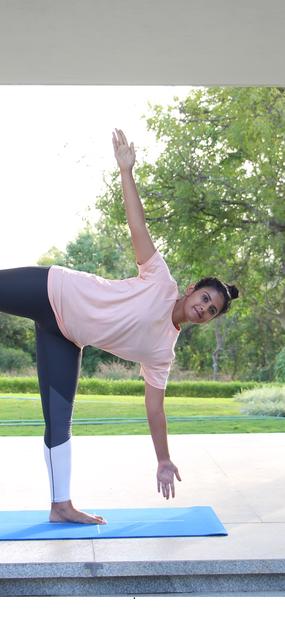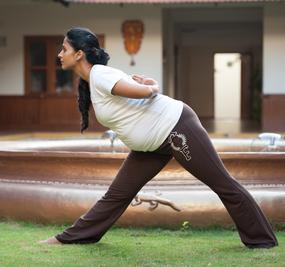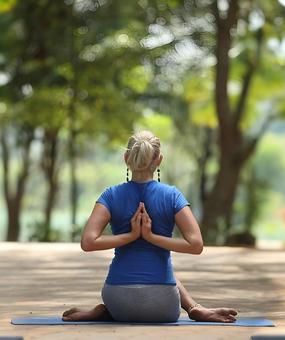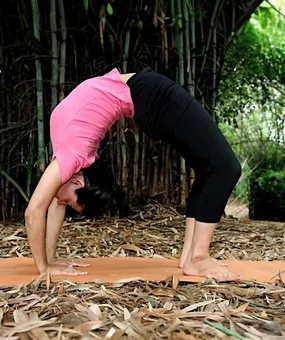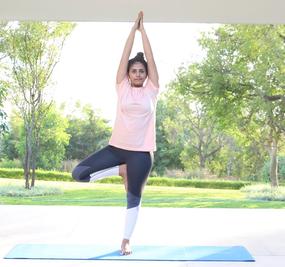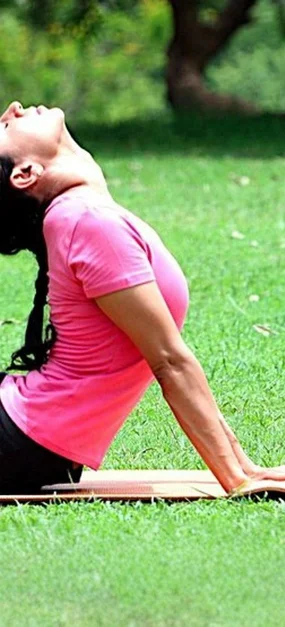Tada =mountain; Asana = Pose/Posture
(This posture is Pronounced as: tah-daah-SUN-ah)
The Sanskrit word tada means mountain. This posture is also known by the name samasthiti-asana. Sama means unmoved, equilibrium, and sthiti means standing upright or firmly, abiding, remaining, thus samasthiti means standing firmly without moving.
How to do Tadasana (Mountain Pose)
- Stand with both feet touching from the heel to the big toe, keeping the back straight and the arms pressed slightly against the sides with palms facing inward.
- Slightly tighten or flex the muscles in the knees, thighs, stomach and buttocks maintaining a firm posture.
- Balance you weight evenly on both feet.
- Inhale through the nostrils and lift the buttocks off the legs arching the back and thrusting the abdomen forward and tilt the head as far back as possible.
Tadasana Video
Benefits of Tadasana
- It improves posture, opens up the chest and lengthens the spine
- Gently strengthens the thighs, buttock and leg muscles
- It is also beneficial in increasing awareness and concentration
- Reduces flat feet and relieves sciatica
- Releases tension from the face
Modifications & Variations
- If you have issues with your knees, stand with your feet hip-width distance apart and a slight bend in your knees.
- For a beginner: stand with your back against a wall, straightening your body as much as you can. If standing is uncomfortable, practice Mountain Pose in a chair, following the instructions for the upper body while keeping the feet firmly grounded on the floor.
Based on inputs from Seema Thanedar, Senior Faculty, The Art of Living
All Yoga Poses Previous yoga pose: Paschim-Namaskarasana Next yoga pose: Parsvottanasana



